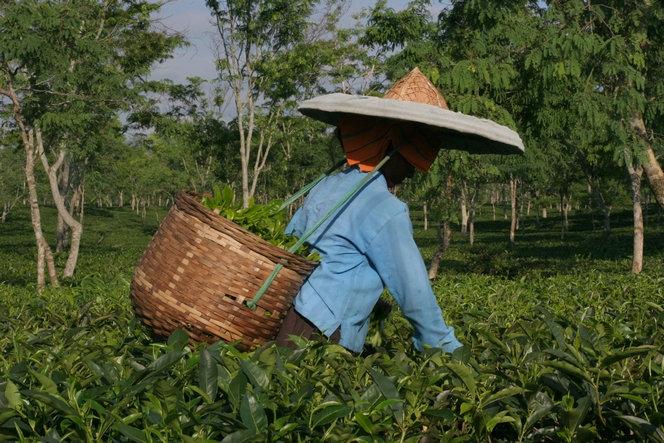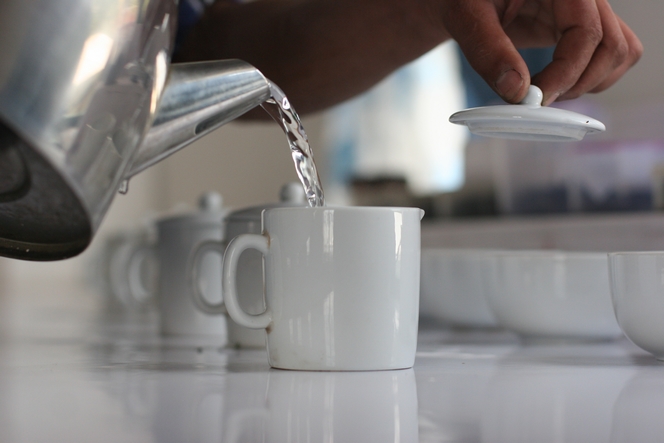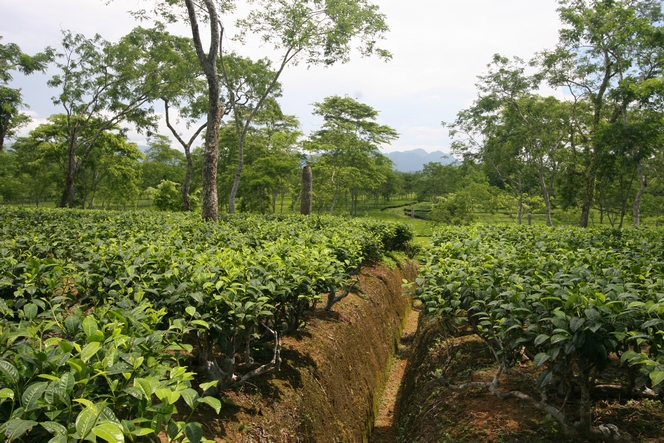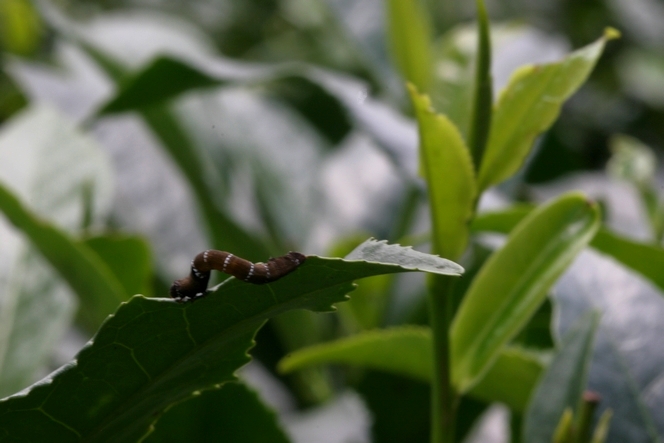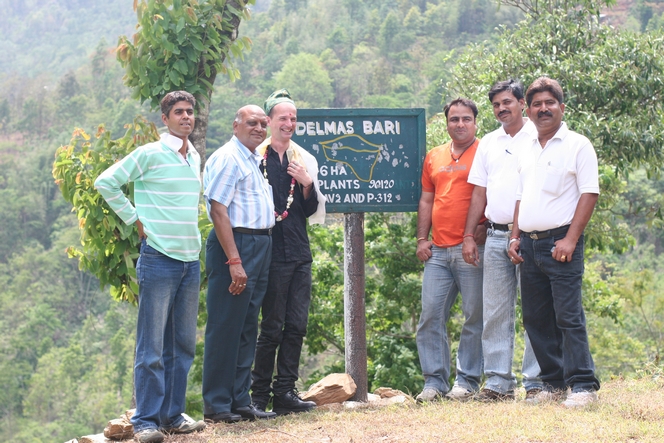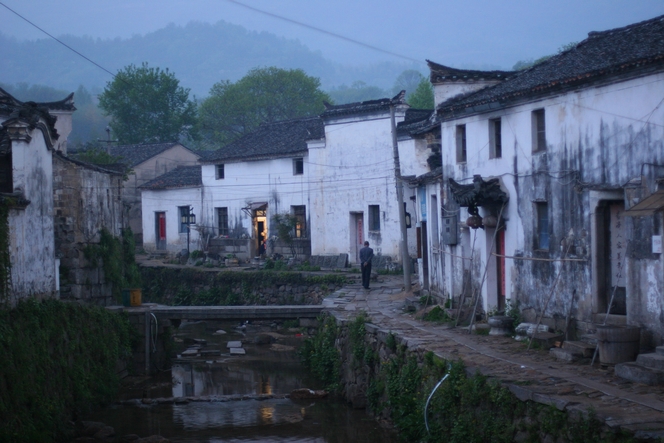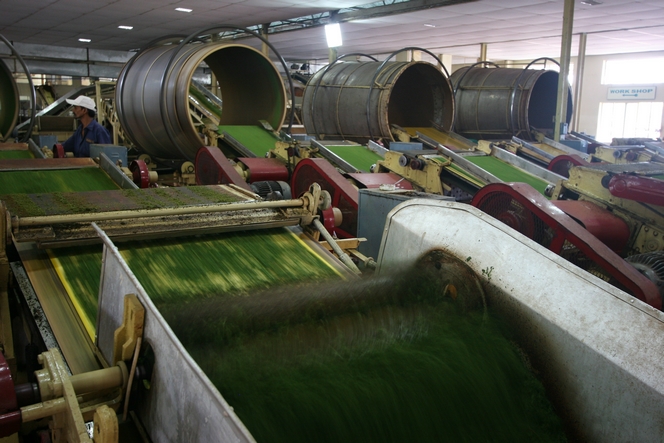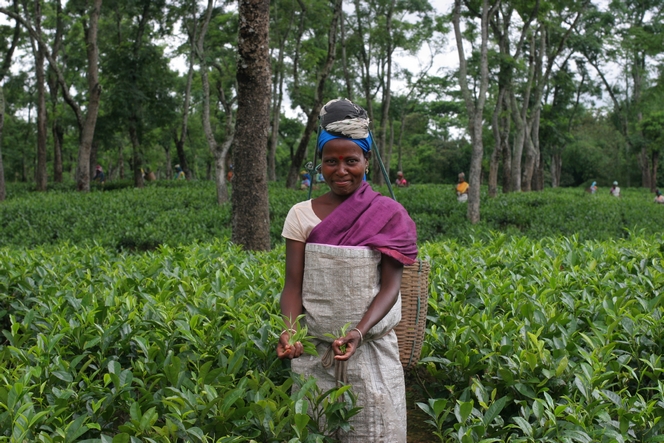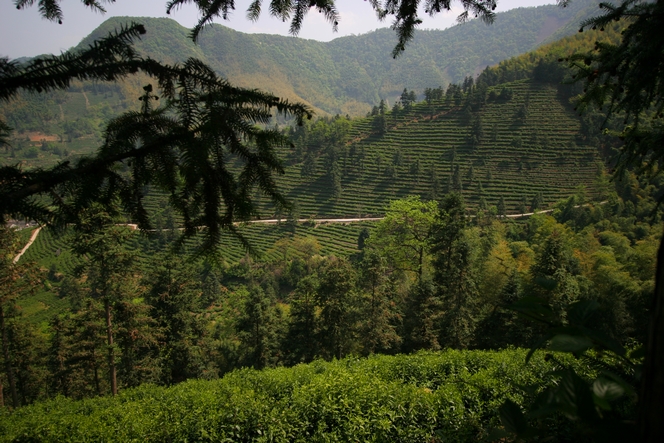When you know what the climate is like here in Assam, you realise this woman must be brave to work outside. Throughout my stay in the Jorhat region, the temperature varied between 35° and 38°C, while the humidity came close to 100%.
Whatever the temperature, she rarely removes her wide-brimmed hat: it protects her from the powerful rays of the sun and also from the frequent and torrential downpours that can come at a moment’s notice.

